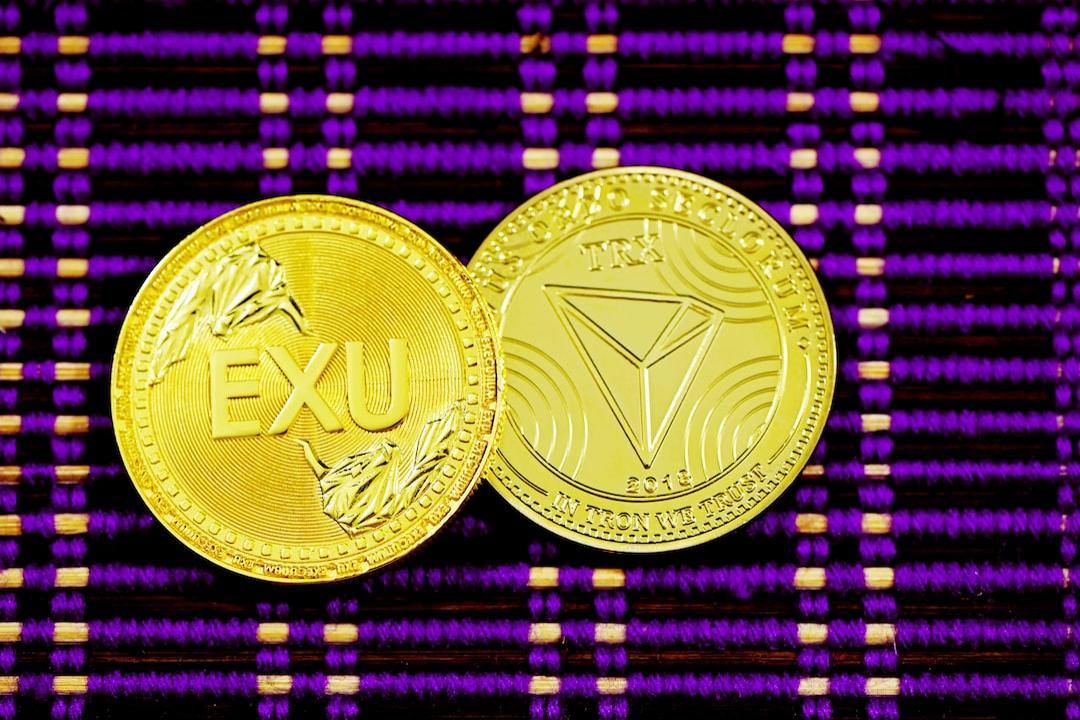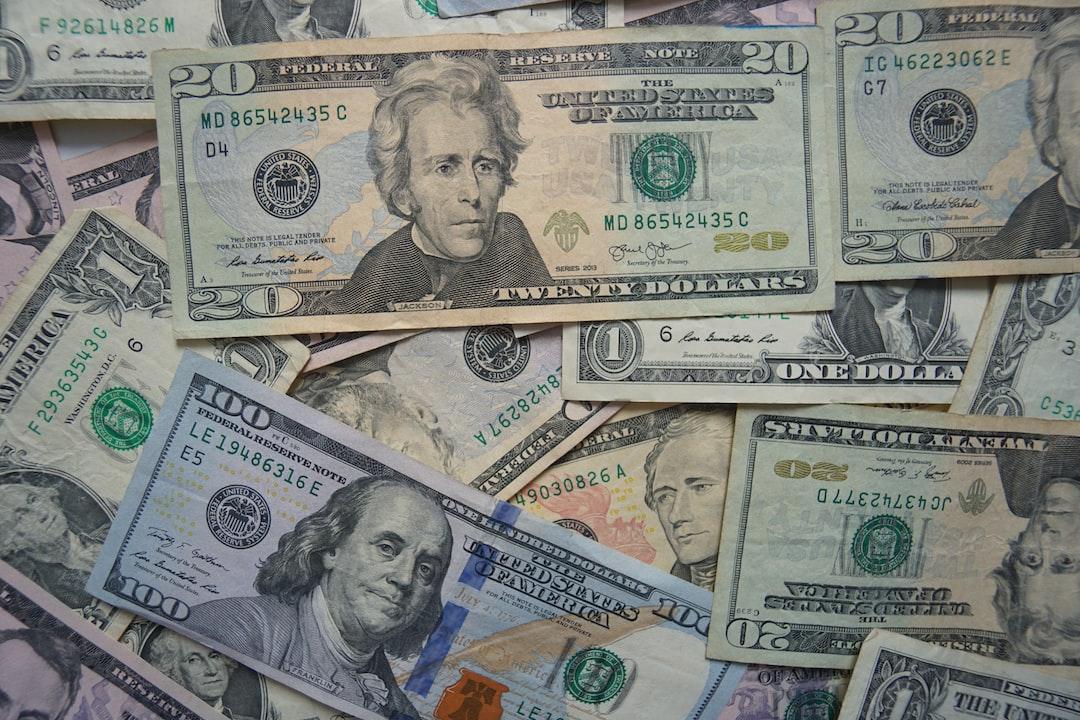This article explores the market impact and political background of the Trump family’s launch of the USD-pegged stablecoin USD1. From its compliance design to potential competitive advantages, USD1 is not only part of the family’s business strategy but may also have far-reaching effects on the global stablecoin market and financial ecosystem.
(Background: Trump WLFI launches stablecoin USD1! CZ: Welcome to BNB Chain, but be cautious of scams before trading)
(Context: USDC approved as “Japan’s first compliant stablecoin,” Circle collaborates with financial giant SBI Holdings to launch today, welcoming three favorable developments)
On March 25, 2025, the Trump family prominently launched the USD-pegged stablecoin USD1 through “World Liberty Finance” (WLFI), instantly igniting discussions in the crypto market. As the current President of the United States, Donald Trump has transformed from a “skeptic” of cryptocurrencies to a “proponent,” and now the family is directly entering the fray with this new initiative. USD1 not only embodies the Trump family’s business ambitions but is also seen as a significant move to leverage political influence to disrupt the crypto market.
The stablecoin market has long been a battlefield for giants, with Tether (USDT) and Circle (USDC) commanding nearly 90% of the market share. Why is the Trump family entering the market at this time? Can they break the existing landscape with USD1? More importantly, what ripple effects will this “presidential-backed” stablecoin bring to the crypto market?
USD1: The Trump Family’s Stablecoin Blueprint
USD1 is a USD-pegged stablecoin launched by the Trump family through World Liberty Finance (WLFI), aimed at providing institutional and sovereign investors with a “secure, compliant, and transparent” digital dollar tool.
According to WLFI’s official announcement, USD1 will be 100% backed by short-term U.S. Treasury bonds, dollar deposits, and other cash equivalents, ensuring that each USD1 Token can be exchanged for 1 dollar at a 1:1 ratio. This design is similar to mainstream USD stablecoins in the market (such as USDT and USDC), but WLFI emphasizes its “institutional-grade” compliance and transparency, attempting to attract large investors.
Specifically, the operational model of USD1 consists of the following key points:
Asset Support and Custody:
The reserve assets for USD1 will be held by BitGo, a crypto custody company based in California. BitGo not only provides secure storage but also offers deep liquidity and trading support for USD1 through its Prime brokerage services. WLFI stated that the reserves for USD1 will be regularly audited by a third-party accounting firm to ensure transparency. However, as of March 25, 2025, WLFI has not announced the specific name of the cooperating accounting firm.
Blockchain Support:
USD1 will initially be issued on Ethereum and Binance Smart Chain, with plans to expand to other blockchain networks in the future. This choice reflects WLFI’s preference for mainstream public chains. Ethereum is at the core of the DeFi ecosystem, while BSC holds a significant position in the crypto market due to its low transaction fees and high throughput. According to data from Etherscan and BscScan, the smart contract for USD1 was deployed in early March 2025, with a total supply exceeding $3.5 million, but it is not yet open for trading.
Target Users:
WLFI has made it clear that USD1 is not aimed at retail investors but is designed for institutional and sovereign investors. WLFI co-founder Zach Witkoff stated, “What we offer is a digital dollar stablecoin that sovereign investors and large institutions can confidently integrate into their strategies for seamless and secure cross-border transactions.” This positioning indicates that the Trump family aims to penetrate the institutional market through USD1, challenging the current stablecoins in cross-border payments and DeFi applications.
Integration with Traditional Finance:
The design concept of USD1 emphasizes integration with traditional finance. Witkoff stated that USD1 “provides advantages that algorithmic stablecoins and anonymous DeFi projects cannot offer — the backing of the most respected brands in traditional finance while gaining the powerful capabilities of DeFi.” WLFI also plans to collaborate with DeFi projects like Sui, Ondo Finance, Chainlink, and Aave to explore how to closely integrate blockchain finance with traditional finance.
It is worth noting that USD1 is not the Trump family’s first attempt in the crypto space. In October 2024, WLFI launched another crypto token, WLFI, raising $550 million through two public token sales, of which 75% of the proceeds went to Trump family-affiliated entities.
Additionally, Trump and First Lady Melania launched their respective memecoins before taking office. Trump’s memecoin, $TRUMP, saw its market cap soar to $14 billion after its launch on January 17, 2025, but subsequently experienced a decline of over 80%.
Stablecoins Under the Regulatory Storm in the U.S.
As an important component of the crypto market, stablecoins have garnered significant attention in recent years from U.S. regulators. After Trump’s ascent to power, his pro-crypto policy inclination brought new opportunities to the stablecoin industry, but it also came with potential challenges. The launch of USD1 is unfolding against this complex backdrop.
Pro-Crypto Policies of the Trump Administration:
During his campaign, Trump promised to make the U.S. the “cryptocurrency capital” and quickly took a series of pro-crypto measures upon taking office. In January 2025, Trump signed an executive order aimed at promoting the development of the U.S. crypto industry and proposed the idea of establishing a national crypto reserve. In early March, he further announced the creation of a U.S. strategic crypto reserve that includes Bitcoin, Ethereum, XRP, Solana, and Cardano.
The commitments to crypto made before Trump’s presidency directly drove the surge in the crypto market, with Bitcoin’s price surpassing $107,000 by the end of 2024, nearly a 100% increase since before Trump’s campaign.
Advancement of Stablecoin Legislation:
In March 2025, the U.S. Congress was reviewing the “Guidance and Establishment of a U.S. Stablecoin National Innovation Act.” This bill passed the Senate Banking Committee on March 13 and is expected to be submitted for Trump’s signature by June. The bill aims to establish a new regulatory framework for stablecoin issuers, granting them legal status similar to traditional banks.
For USD1, the advancement of this bill is undoubtedly a significant boon. As a project of the Trump family, USD1 may receive priority treatment in regulatory approvals and market access. However, this also raises concerns about potential conflicts of interest. The Trump family’s direct involvement in crypto projects, while the Trump administration promotes policies favorable to the crypto industry, creates a “referee and player” role that has drawn criticism from some government ethics experts and political opponents.
Regulatory Challenges and Market Competition:
Despite policy support, USD1 still faces considerable challenges. First, the competition in the stablecoin market is exceptionally fierce. Tether (USDT) and Circle (USDC) have already dominated the market, far ahead in market share. In January 2025, the total market capitalization of stablecoins surpassed $200 billion, with the number of active wallets for USDT and USDC increasing by over 50% in the past year. In contrast, as a new player, USD1 faces significant hurdles in quickly establishing market trust and an ecosystem.
Secondly, regulatory uncertainty remains a concern. Although the Trump administration holds a friendly attitude toward the crypto industry, stablecoins are involved in cross-border payments and financial stability, which may trigger additional scrutiny from institutions like the U.S. Federal Reserve and the Treasury Department. Furthermore, the Trump family’s involvement may make it a focal point of political maneuvering, further increasing policy risks.
Ripple Effects of USD1
The launch of USD1 is not only another attempt by the Trump family in the crypto space but may also have profound implications for the entire market:
Impact on the Stablecoin Market Landscape:
The entry of USD1 will intensify competition in the stablecoin market. Although it is initially positioned for institutional investors, if it can successfully establish trust and expand its user base, it may threaten the market shares of USDT and USDC. In particular, USD1, backed by the political influence of the Trump family, could attract more attention from traditional financial institutions and sovereign funds, thereby promoting the application of stablecoins in cross-border payments and DeFi.
However, market expert Kevin Lehtiniitty points out, “Launching a stablecoin is easy, but establishing a widely adopted ecosystem is much more difficult.” USD1 will face fierce competition from Tether and Circle, and whether the Trump family will cooperate with other U.S. companies or directly compete remains uncertain.
Potential Impact on Dollar Hegemony:
Both the Trump administration and WLFI emphasize that the launch of USD1 helps consolidate the dollar’s dominant position in the global financial system. As global demand for dollar stablecoins increases, USD1 may become a new tool for the digitization of the dollar, further promoting its use in international trade and payments.
At the same time, the proliferation of stablecoins may also disrupt the traditional financial system. The efficient cross-border payment capabilities of stablecoins could challenge the position of existing financial intermediaries, affecting their trillions of dollars in short-term fixed-income market revenues.
Overall Impact on the Crypto Market:
The Trump family’s involvement undoubtedly injects new attention into the crypto market. The launch of USD1 may attract more traditional investors into the crypto space, driving further mainstream adoption of the market. Additionally, the Trump administration’s pro-crypto policies may stimulate the emergence of more innovative projects, enhancing the activity of the crypto market. However, risks also exist.
The Trump family’s involvement may exacerbate market speculation, leading to increased price volatility. $TRUMP is an example, with its price dropping over 80% after peaking on January 19, 2025, reflecting market speculation about its project. If USD1 cannot effectively manage market expectations, it may face similar risks.
Promotion of the DeFi Ecosystem:
One of USD1’s goals is to become an integral part of the DeFi ecosystem. WLFI plans to develop a decentralized finance platform convenient for ordinary users through collaborations with projects like Aave and Chainlink. If USD1 can establish a foothold in the DeFi space, it may drive more institutional capital into DeFi, further expanding the scale of this market.
Conclusion
The Trump family’s entry into the stablecoin arena through USD1 represents not only another attempt at expanding their business empire but also a bold maneuver in the political and financial realms. With its institutional positioning, compliance design, and political endorsement, USD1 is poised to carve out a niche in the stablecoin market. However, faced with fierce market competition and a complex regulatory environment, the future of USD1 remains uncertain.
For the entire crypto market, the launch of USD1 may signal a significant turning point. It could reshape the landscape of the stablecoin market while paving the way for further mainstream adoption of the crypto industry through the promotion of dollar digitization and DeFi development. At the same time, the Trump family’s involvement brings new risks, including conflicts of interest, market speculation, and regulatory uncertainties.
Whether USD1 can truly shake up the market may only be answered by time.


